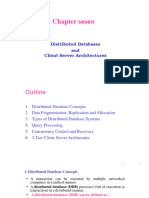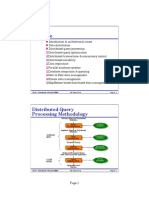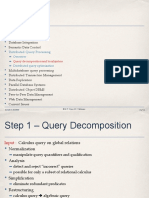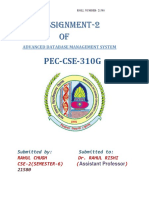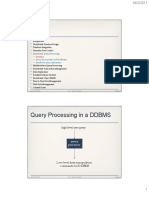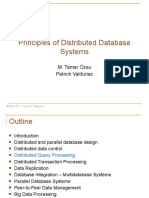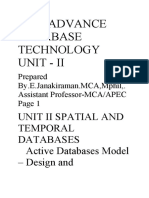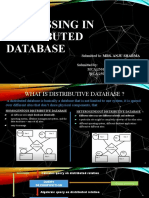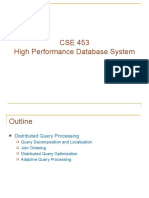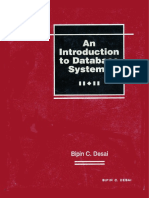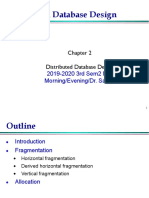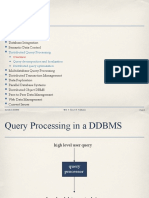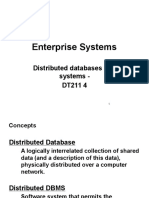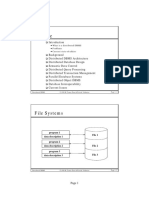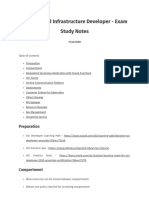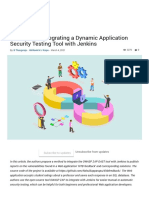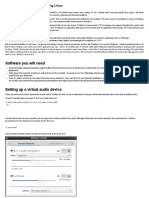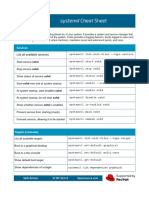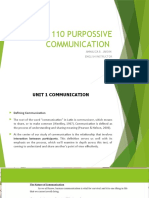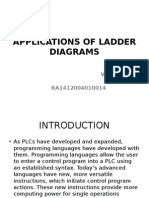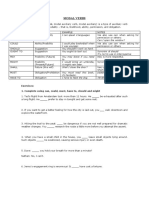0% found this document useful (0 votes)
53 views14 pages10 DistQueryOptimization
The document discusses distributed database management systems and distributed query processing. It outlines topics on distributed DBMS architecture, design, query processing, transaction management, and building distributed database systems. It also covers distributed query processing methodology including query decomposition, optimization, and processing distributed queries.
Uploaded by
RonaldMartinezCopyright
© © All Rights Reserved
We take content rights seriously. If you suspect this is your content, claim it here.
Available Formats
Download as PPT, PDF, TXT or read online on Scribd
0% found this document useful (0 votes)
53 views14 pages10 DistQueryOptimization
The document discusses distributed database management systems and distributed query processing. It outlines topics on distributed DBMS architecture, design, query processing, transaction management, and building distributed database systems. It also covers distributed query processing methodology including query decomposition, optimization, and processing distributed queries.
Uploaded by
RonaldMartinezCopyright
© © All Rights Reserved
We take content rights seriously. If you suspect this is your content, claim it here.
Available Formats
Download as PPT, PDF, TXT or read online on Scribd
/ 14






